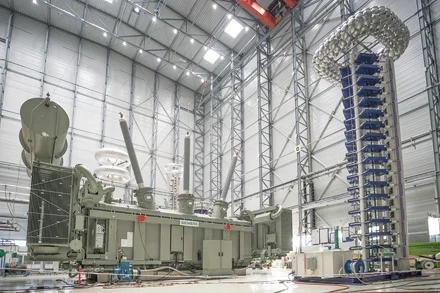The Dissolved Gas Analysis Toolkit

Dissolved gas analysis: addressing the challenges of collecting samples
BY DONAL SKELLY, GE’s Digital Energy business
Dissolved gas analysis (DGA) is a technique for identifying and quantifying the gas formed in oil-filled electrical equipment because of either the natural aging of oil and paper or accelerated aging due to a fault. The quantity and constituents of the gas generated by aging or a fault differ dramatically, but both are important to utility managers who want to prevent potential equipment damage caused by a fault and indicated by the presence of these gases.
When a fault occurs, information on the presence of gas is critical to a utility manager as continued operation with an active fault may seriously damage electrical equipment. Quantifying the concentrations of individual gases can provide valuable insight into the nature and severity of a developing fault.
While modern online DGA monitors can automatically collect a repeatable and representative sample of oil from the transformer on a scheduled basis, the majority of oil-insulated electrical equipment does not yet have these types of monitors installed. Operators of unmonitored equipment do not have the security associated with automatic DGA and rely on routine offline DGA. To this end, utility managers can proactively monitor for faults, extracting oil samples manually on a routine basis and analyzing their dissolved gas content.









